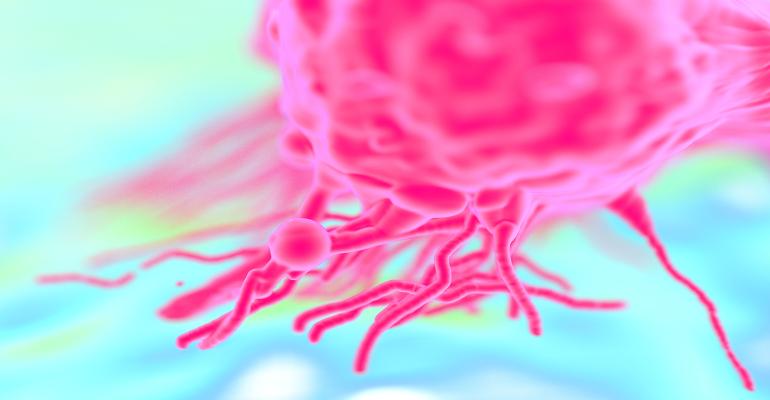Dr Taghreed Almahmeed, a surgeon at Dubai’s Al Zahra Hospital, is one of a handful of UAE surgeons with knowledge of a brand-new technique to exactly pinpoint non-palpable breast tumours via the use of a new subcutaneous radar reflector.
The size of a grain of rice, the reflector is placed under the skin via a small needle. It helps to locate the cancerous growth and its depth more accurately under the skin, meaning the surgery only removes what’s necessary from the breast.
Not only is the new technology more effective in increasing the chances of complete cancer removal, but it is less invasive, and its accuracy reduces the chance of second surgery and any associated delays in follow-on, life-saving treatment, such as radiation therapy.
“If the tumour is removed the first time with accuracy with negative margins, meaning there are no cancer cells at the borders of the tumour, then there is no need for a second surgery,” Dr Almahmeed explains. “If margins are positive, the patient needs to be told she needs yet another surgery which can be frustrating, and it means waiting for insurance approval and setting a new date to remove more breast tissue. We then have to wait for healing of the second wound to proceed for radiation which is typically four weeks post-operation to ensure a healthy recovery.”
Another advantage is that a more focused, concentrated surgical incision provides a more positive post-surgery cosmetic outcome for the patient.
“This state-of-the-art new reflector offers people with cancer a real advantage – not only does it allow for more effective surgical intervention in terms of tumour location and removal, but any procedure that reduces the time between breast surgery and radiation treatment can make a tangible difference to people’s recovery,” adds Dr Almahmeed, a U.S. board-certified surgeon and Fellow of the American College of Surgeons (FACS).

